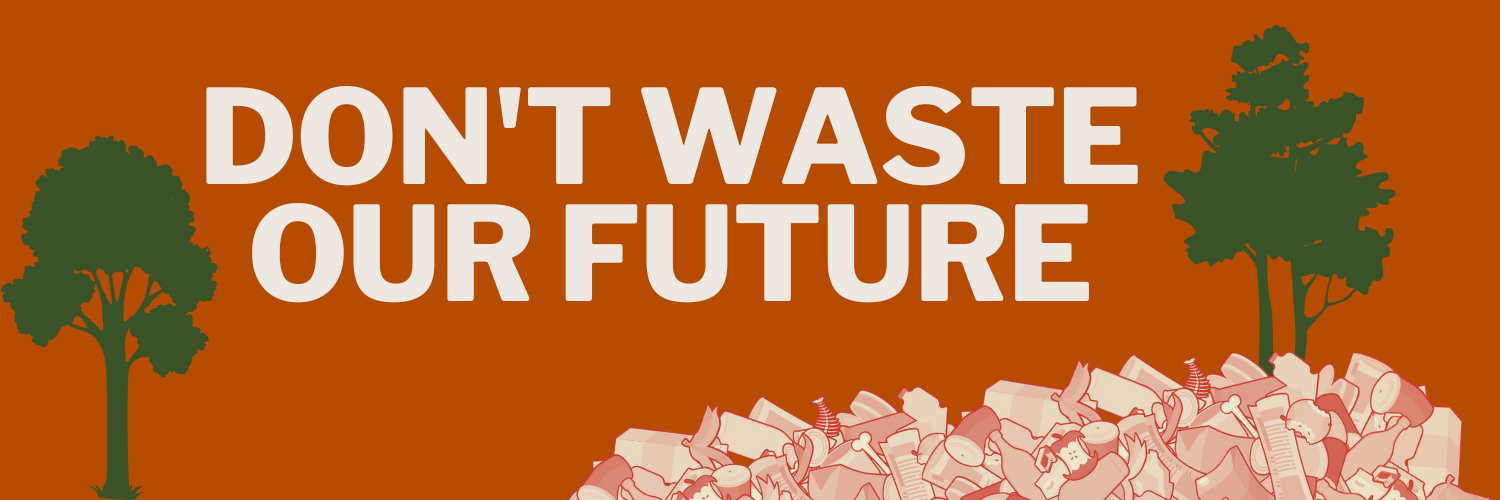Press release: New Analysis Shows U.S. Landfills are Major Industrial Methane Emitters In 37 States
Municipal Solid Waste Landfills are the #1 Large Industrial Emitter of Methane
Cincinnati, Ohio. (May 31, 2023)— Industrious Labs released a new analysis today that shows a Municipal Solid Waste (MSW) landfill was the number one largest industrial emitter of methane in 2021 in 37 states. Interactive state maps and dashboards that compare landfills to other large industrial emitters are available for all fifty states on the site www.dontwasteourfuture.org. The top five states for landfill methane emissions are: Texas, Florida, California, Ohio and Georgia.
“Landfills are out of sight for most Americans, but our analysis reveals landfills are the biggest industrial source of methane emissions in most states. Organic waste, mostly food, causes methane emissions with severe short-term global warming potential, and these emissions are both underreported and under regulated.” said Katherine Blauvelt, Circular Economy Campaign Director for Industrious Labs.
The analysis uses data provided by industrial operators with the largest greenhouse gas emissions to the EPA Greenhouse Gas Reporting Program. Methane has a major impact on climate in the short term. The EPA has previously estimated that landfills are the third largest source of methane emissions in the U.S.: 103.7 million metric tons of CO2e (CO2e) over a 100 year time frame. The emissions estimates reported to the EPA are based on formulas, not direct measurement, and experts argue that landfill emissions are at least double.
“You can’t manage what you don’t measure,” said Liz Kunkle, Zero Waste Policy Manager at the Illinois Environmental Council. “This dashboard will be a foundational tool as we make our case to policymakers for improved tracking and decreasing landfill methane emissions in Illinois.”
For Heather Trim, Executive Director of Zero Waste Washington, the release is especially timely. "The legislature has directed the State of Washington to update its standards for landfills to lower powerful methane emissions. We urge the Department of Ecology to examine the best and most up-to-date practices and technology available."
The impact of landfills goes beyond climate change: pollution from nearby landfills can impact quality of life and health for nearby residents. Former Air Force pilot and Civil Engineer Katharine Harris, who lives near the Coffin Butte landfill in Oregon, says "In the winter months, the Coffin Butte landfill emits an oppressive stench that affects our daily living and activities. It causes headaches, eye irritation, and throat burning, limiting our outdoor activities and property maintenance.”
“I’m a clinician and I’m a mom,” said Shauna Junco, clinical infectious diseases pharmacist and advocacy chair for Florida Clinicians for Climate Action, the number two state in the country for landfill emissions. “I’m really worried about my kids' health and my patients' health. The best way I can think of to improve the health of my patients, my children and my community is to reduce the amount of waste going to our landfills. Food especially can be going to help people instead of going to a landfill and creating methane, which is harming us all by heating up the planet much faster than carbon dioxide does. We are already feeling the extra heat here in Florida, and it’s affecting our health.”
The website also details solutions at the local, state and federal level. “There are exciting alternatives to spending billions each year burning and burying waste while harming the climate and communities,” said Blauvelt. “You don't have to split an atom. States have already adopted regulations utilizing proven technologies and practices that better manage emissions at landfills. The EPA should move to immediately update its landfill emissions regulations following the states' lead, employing the best available technology and practices. At the state and local level, we can work together to craft policies that reduce global warming emissions, address food insecurity, boost soil resilience and create more jobs, like organics recycling programs with food recovery requirements and community composting.”
Source: Industrious Labs’ data analysis of EPA GHGRP 2021 data, and a 2013 industry survey by the Environmental Research and Education Foundation (EREF).
For more information, press should contact molly@industriouslabs.org
###

